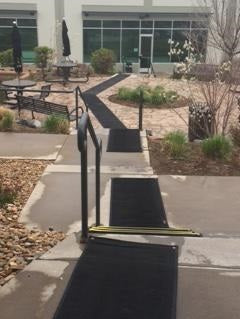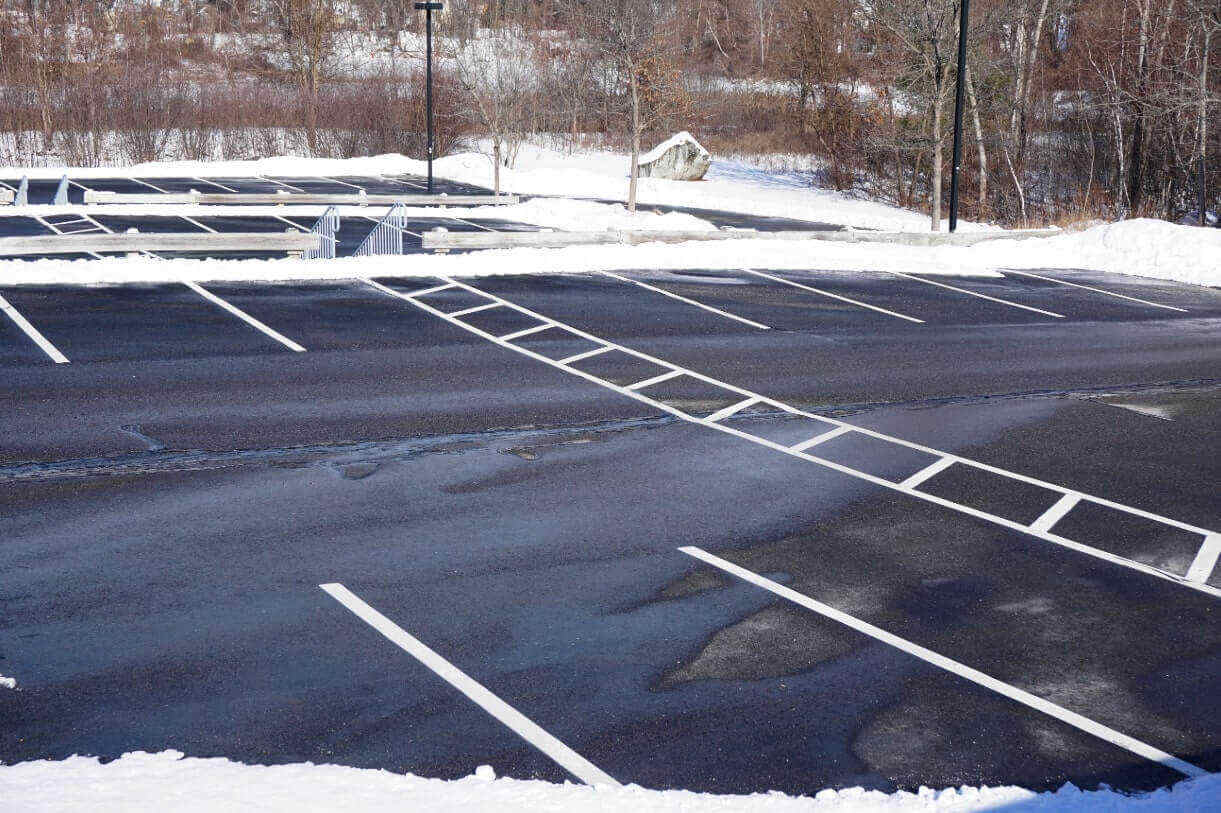
In the aftermath of a heavy winter snowstorm, keeping your industrial or commercial facility accessible and safe can be a challenge. And while snow removal following—and during —snowstorms is necessary, pretreatment with anti-icing agents can help keep your pavements in continuous use regardless of weather conditions.
What are anti-icing agents?
Most snow and ice management professionals use liquid "anti-icers" ahead of a forecasted snowfall and granular "de-icers" after the snow is on the ground. Crystals in the liquid anti-icer get into the pores of the pavement and sink down far enough to prevent snow-packing. Some crystals remain on the surface and after the water evaporates they help prevent the formation of black ice.
Which pretreatment agent should you use?
Salt brine made with rock salt (sodium chloride) is the oldest anti-icing method, but it is one that can do the most damage to your sidewalks, parking lot, landscaping, and any concrete or steel with which it comes in contact.
There are other anti-icing options available nowadays that you should consider for greater pavement longevity, including:
- Calcium chloride, which gives you melting power when temperatures drop to as low as -25ºF (-31.6ºC) and which rapidly melts snow on contact. Calcium chloride is much more effective than sodium chloride/rock salt and will most likely be your most cost-effective option when performance, cost, and negative impacts on pavement and the environment are taken into account
- Magnesium chloride, which is preferable to use when there is a danger of the salts washing into nearby landscaping, poisoning plants, and incurring extra expense to replace them come spring. However be aware: Magnesium chloride can become slippery if put down too heavily
- Calcium-magnesium acetate, which is not as powerful as other anti-icers, but which is adequate in most situations and avoids corroding steel structures the way rock salt and other options can
One strategy to consider is to use calcium chloride-based brine in most areas, while applying magnesium chloride where plant life is most at risk, and calcium-magnesium acetate near steel/metal infrastructure.
What other options are there?
Besides snow and ice pretreatment, removal, and de-icing, it may be worthwhile to install heated parking spaces, driveways, and walkways in targeted areas. This will most likely require tearing up existing pavements, but it will add convenience and safety in zones where it is most critical.
An alternative to under-pavement radiant heating is electrically heated outdoor mats. Effective on driveways and in parking lots, these slip-resistant rubber mats are also designed to melt snow and ice in areas of heavy foot traffic, such as entryways and outdoor stairways. They can be turned on just prior to a storm and, if left running, will also prevent melt-off from refreezing. With no installation fees and the low cost of electricity, these mats may well be the best option for targeted areas.
With the array of anti-icing options now available, pre-treatment in preparation for a winter storm has never been easier.


